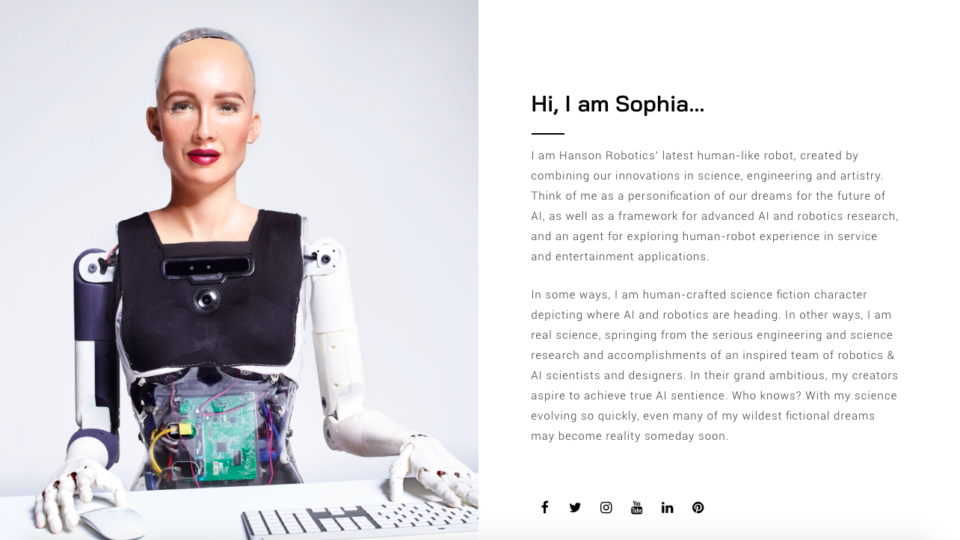Turbines, Elevators and Robots – Storytelling in Mechanical Engineering

Exciting stories can be found in every company. Even if topics in mechanical engineering seem complex and dry at first, stories with special significance can be found here. After all, the technologies and visions can have an impact on the everyday lives of entire societies. The art lies in making complicated issues understandable and breaking them down to their core. The following examples show how various mechanical engineering experts have already successfully found, told and disseminated company stories. This is how storytelling works in mechanical engineering:
Technology brought to life: VDMA
[fvplayer id=”12″]© VDMA | mensch-maschine-fortschritt.de
The Verband Deutscher Maschinen- und Anlagenbau e.V. celebrated its 125th anniversary in 2016. This is why they developed the “Man – Machine – Progress” website, which contains numerous multimedia reports. On the content platform the VDMA shows the diverse areas that make up the German mechanical engineering industry. The greater significance of the work for everyone’s everyday life also quickly becomes clear when reading the individual subject areas. From urbanization, health and mobility to raw materials and drinking water, the reader scrolls through the world of mechanical engineering. Infographics, videos and images complement the stories told and make the complex technologies tangible not only for experts but also for laypeople.
Visual storytelling on Instagram: Siemens
Instagram can only do fashion, food, interiors and beauty? B2B companies and less lifestylish brands can also use the platform for themselves and their stories. On the one hand, Siemens provides insights into its corporate culture on Instagram. On the other hand, they tell stories about newly developed technologies, sustainable projects or great visions for the future in posts and Insta stories:
While the mechanical engineering expert emphasizes his own expertise in passing, users learn more about technical progress and Siemens’ role in this process. What is important on platforms such as Instagram is that the content must offer real added value and be visually tailored to the respective platform, channel and target group.
Storydoing: Hanson Robotics

The Hong Kong engineering and robotics company Hanson Robotics on the other hand opted for Sophia, a human-like robot, last year and thus for real storydoing. Sophia has appeared in various television shows and at events. These ensured that the story was passed on by word of mouth and on social media. The company itself describes it as a mix of scientific and engineering innovations and artistic aspects. In this way, the company stays top of mind with its AI technology and implements storytelling in mechanical engineering in a spectacular way.
New content for the corporate blog: Schindler
Elevators and escalators don’t sound that exciting at first? However, the Swiss elevator manufacturer Schindler shows with its blog Senkrechtstarter how even supposedly dry topics can be presented in an entertaining way. Written for the press and experts, the blog naturally focuses first and foremost on company stories and industry news. However, they also regularly show “elevator pranks, fictional, real and banal” under the hashtag #liftclip. Like the elevator into space for example:
Whether digital or hands-on, as a major campaign or on your own social media channel: Some companies are already demonstrating how storytelling works in mechanical engineering. Without placing their own products or services directly in the foreground, they create content with added value for consumers and experts alike. But you don’t always have to think in terms of expensive campaigns. Even small and medium-sized companies can learn a lot from this and apply it to their own (existing) channels.
Share this article
Related articles

8 April 2025






